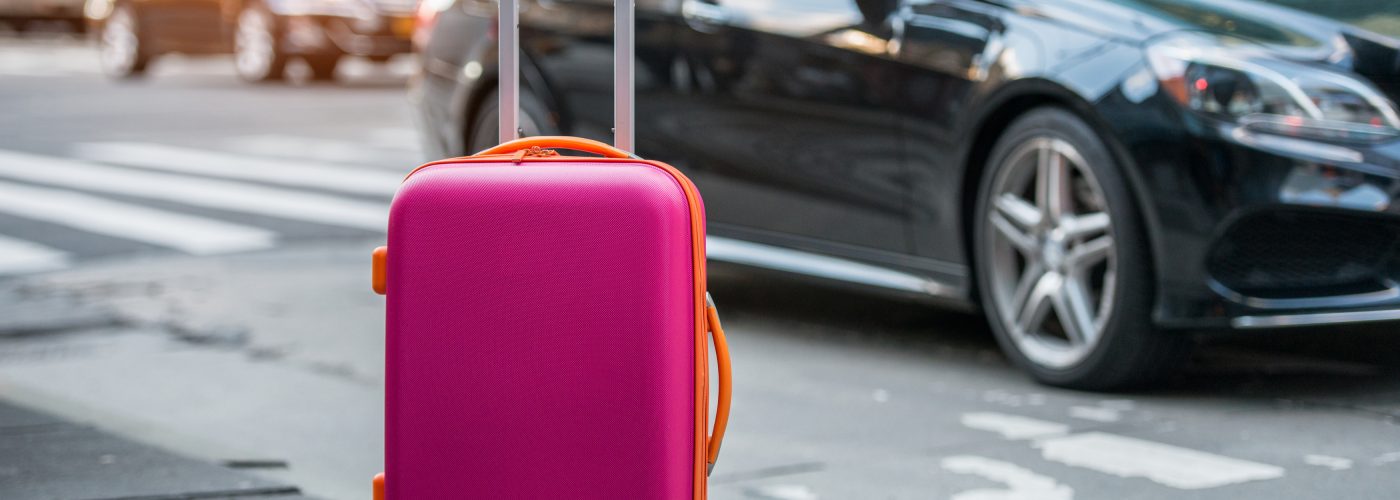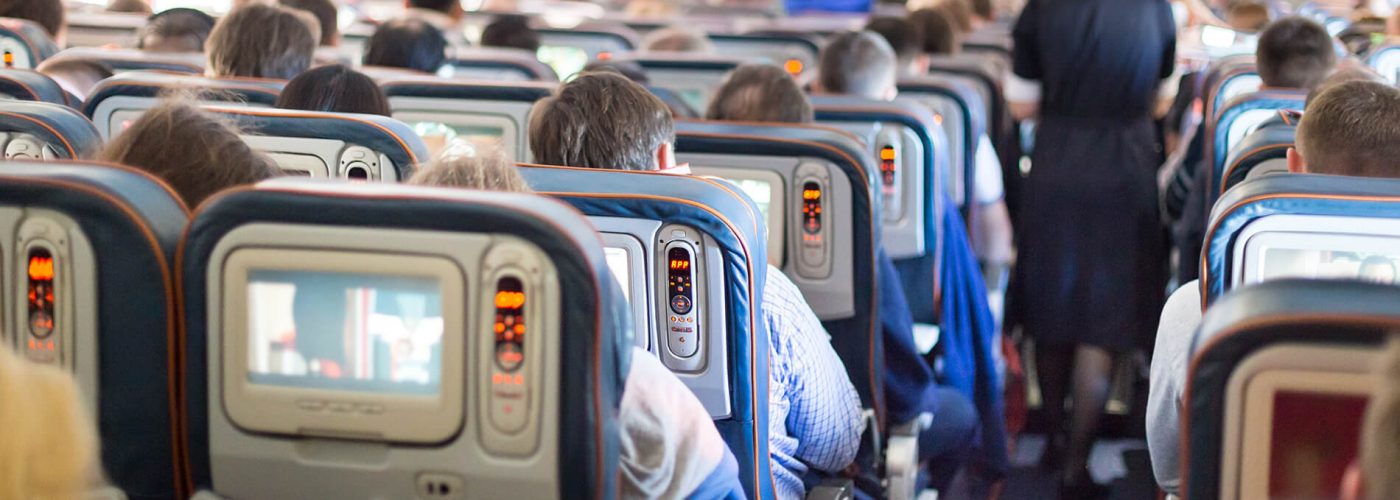Quiet Beaches: Zipolite and Mazunte

A passajero truck operating on the road between San Antonio and Zipolite.
Time to hit the road once again and venture further south to a beach recommended by a friend. The town and beach is called Zipolite and it is about 2 hours by bus from Puerto Escondido. There are buses departing from Puerto Escondido every hour starting at 7 a.m and finishing at 10 p.m on weekdays. The cost of the bus is 42 pesos. The buses, however, do not take you directly to the beach. We were dropped off on the side of the highway in a little village known as San Antonio. The only “landmark” being an OXXO convenience store. Immediately we were barraged by taxi drivers offering to take us to Manzunte or Zipolite for 80 or 160 pesos respectively. This is a large sum when considering the distance is only several kilometers. Clearly these taxi drivers prey on either lazy and desperate tourists or those that don’t know better. Since it was still early in the day there was no rush to get to the beach.
There are “pasajeros” that come around every 20 minutes or so and will take you to Zipolite for 20 pesos per person. It stops just next to the OXXO if you wave it down. A pasajero can be a taxi, small van, or a pickup truck with a tarp covering it. In this case it was a white pickup truck with a green tarp covering the back. You are sharing the ride with others that are picked up and dropped off along the way. You just hop on and either ring a bell or pound on the roof when you want to get off. You pay the driver at your destination.

It will cost 20 pesos from San Antonio to Zipolite and 8 pesos from Zipolite to Mazunte.
Soon enough we were on the back of one of these trucks, a few locals sharing the ride with us while “Love Hurts” by Nazareth (sung in Spanish) blared out old decrepit speakers screwed to the floor. The jungle streamed by us as we careened down a twisting road towards Zipolite. The truck will stop just outside of the town and it’s a short walk from there to the beach.
The beach at Zipolite stretches almost 2km between high cliffs at either end. It’s a sleepy little town discovered by hippies back in the ‘60s and since then has evolved into an eclectic mix of locals and travellers seeking to avoid large resorts and the party scene of places like Cancun. Here there is a feeling of time slowing down.

The west end of Playa Zipolite.
On the west end of the beach, nestled against large rock formations jutting out of the sand and in front of a restaurant called “Nude” is where more adventurous beach goers shed their clothes. Amidst the surfing lessons and old dudes chopping coconuts to drink are pockets of people letting it all out. It is all of little consequence to the locals who seem completely used to it. This as been a nude beach for at least a few decades, or at least since the hippies discovered it.
We checked into a place called Lomo La Linda, a collection of thatch roofed rooms and balconies overlooking the ocean. Hammocks swinging on the balconies and the sound of surf complete the scene. There are also yoga classes offered almost daily. If you come to Zipolite, expect to be completely chilled out. This is a place to relax and the slow languid pace of those already here affirm that.

The view from La Lomo Linda.
The sounds of surf pounding the beach in the distance carry through the small open aired yoga studio at Lomo La Linda. The instructor is a tiny ever-smiling lady named Issa. We are doing a relaxation yoga which is working wonders on my stiff muscles. An iguana is perched on a branch to the right of me and a bat is flying around high above in the ceiling of our space. Apparently there is a family of bats here, but they are leaving us alone and add to the natural feeling of the place. Issa is a fantastic instructor who’s smile and easy going nature put you completely at ease. By the end of the session I’ve drifted off into a peaceful slumber.

Sunset over Zipolite.


